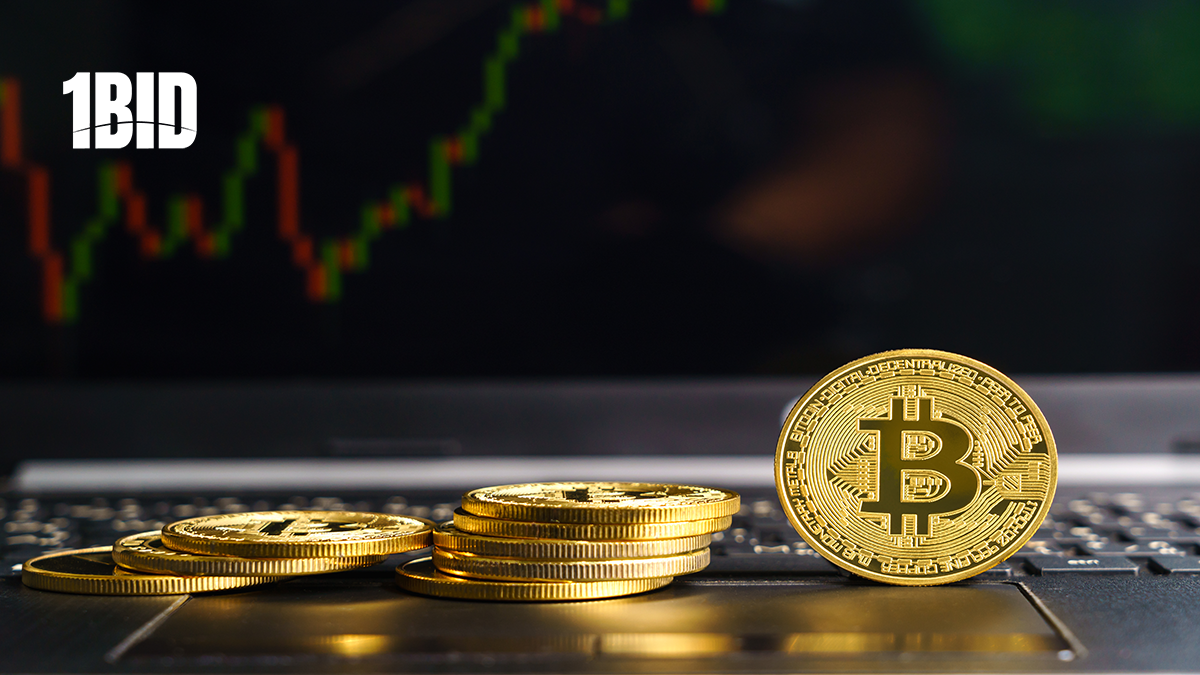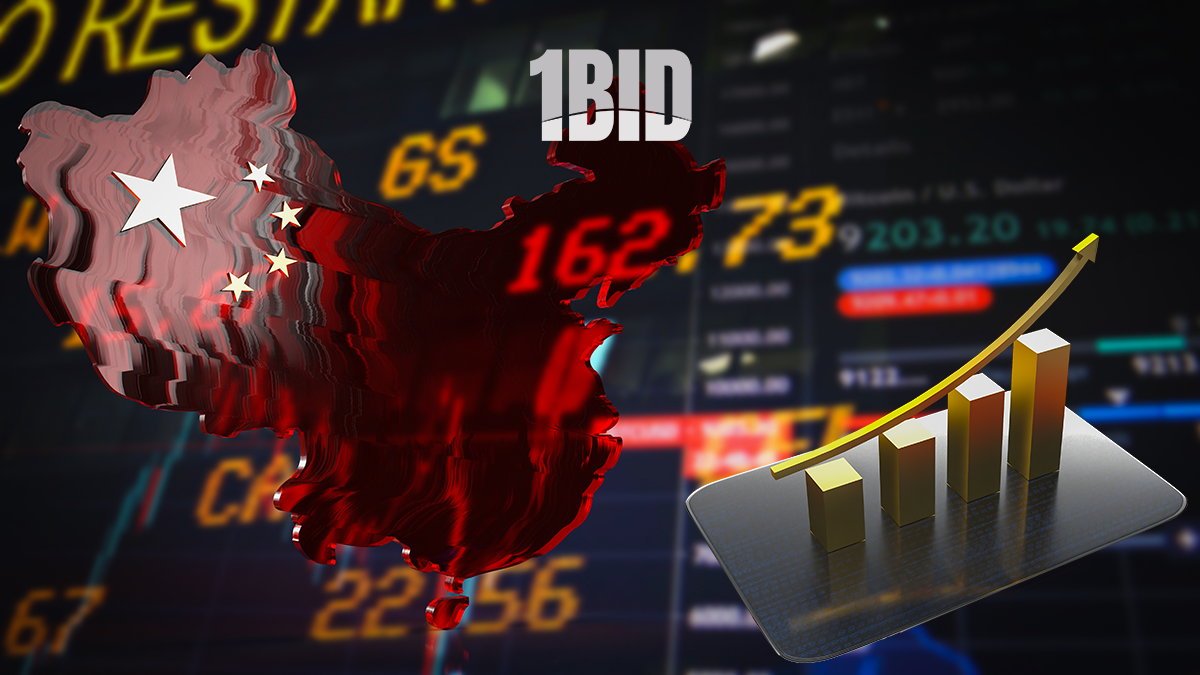The USDJPY pair is currently biased towards the downside. The bullish momentum observed on the daily chart has dissipated, and the Relative Strength Index (RSI) has fallen, indicating increased downside risks.
Last week, the USDJPY plunged by 2.2%, reaching 144.37. This decline was influenced by comments from Bank of Japan (BoJ) Governor Kazuo Ueda in parliament, which reinforced the possibility of continued rate hikes by the BoJ. Concurrently, Powell’s speech at Jackson Hole suggested that the Federal Reserve’s next move might be a rate cut, further impacting the currency pair.
Ueda remains committed to the decision to continue hiking rates. The USDJPY’s drop to 144.37 last week has opened the possibility of retesting the 141.70 low observed in early August. Ueda attributed the market volatility from July 11 to August 5 to rising fears of a US recession driven by the Fed’s rate cut bias and increasing joblessness, rather than the BoJ’s rate hikes.
The broader trend for USDJPY has shifted as the policies of the Federal Reserve and the BoJ have moved from divergence to convergence. This shift is expected to continue supporting the downside for USDJPY. Additionally, geopolitical concerns are likely to bolster the safe-haven appeal of the Japanese Yen.
In summary, the USDJPY pair has been significantly affected by recent dovish remarks from the Federal Reserve and escalating geopolitical tensions. The shift in monetary policies from divergence to convergence between the Federal Reserve and the BoJ, along with ongoing geopolitical concerns, suggests a continued downside bias for the USDJPY. Investors should remain cautious and monitor these developments closely.








